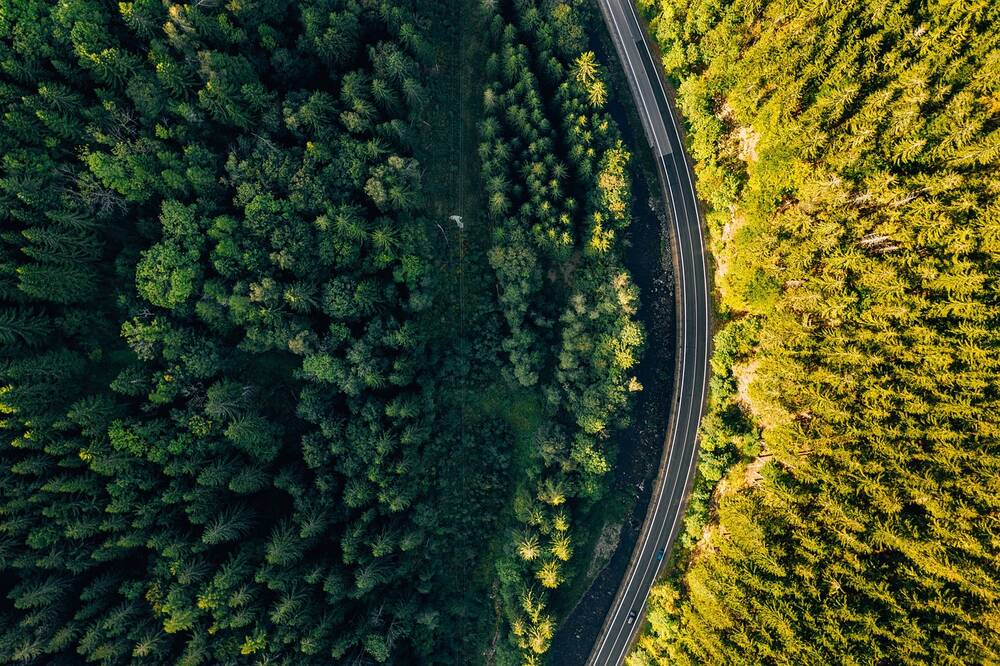Wildlife corridors appear all across the globe and can be entirely natural or human-made structures, some covering over a dozen states and providing passages for wildlife across countries, supporting a range of rare, endangered or protected animal and plant species.
This article covers what wildlife corridors are, the main types and goes into detail regarding dozens of notable wildlife corridors worldwide including their unique ecological benefits, the specific wildlife they support, their primary functions and their cultural values. It explains the benefits of wildlife corridors and highlights their overlooked value as immense contributors to the planet’s nature, biodiversity and ecosystems.
What are Wildlife Corridors?
These corridors help wildlife by providing spaces for nature that connect ranges of habitats to ensure safe passages between landscapes. These come all across the world, and can be human-made or natural.
They boost biodiversity and mitigate habitat fragmentation that has grown alongside urban development, interrupting essential ecosystem services like pollination and seed dispersal, as well as important patterns in nature, like migrating birds, which contribute to an environment’s biodiversity and powerfully strengthen its ecosystem. As well as this, they help species adapt to different climates, plus maintain genetic diversity, which can prevent species extinction.
The corridors boost communities and economies, at times facilitating beautiful tourist attractions – a key example being 40-50 million red crabs passing through Christmas Island, covered further into the post.
Types of Wildlife Corridors
Natural Corridors
Rivers and Streams

A predominantly obvious natural corridor that occurs around the world is rivers, like the Amazon River, the Mississippi River or the Mekong River, as well as streams. These offer corridors and key migration routes for fish while supporting a range of riparian species from river otters to beavers to kingfishers. They host floodplain vegetation like reeds and willows which contribute to a rich biodiversity and sources of food, water and shelter for wildlife.
This encourages water purification, maintaining quality water which can be beneficial to local fisheries while preventing soil erosion that risks degrading wildlife.
They are common in tropical and more temperate regions, like South Americ, North America and Asia. They enable species migration, connect habitats that have been fragmented, and provide breeding grounds for key fauna.
Mountain Ranges

Mountain ranges are series of mountains connected in a line, forming corridors of high rocky ground.
They are the highest features on Earth’s surface, home to species that are well-adapted to the cold, like mountain goats, snow leopards and Pikas. Their scale is home to many diverse habitats, from glacial valleys to alpine meadows.
Valleys
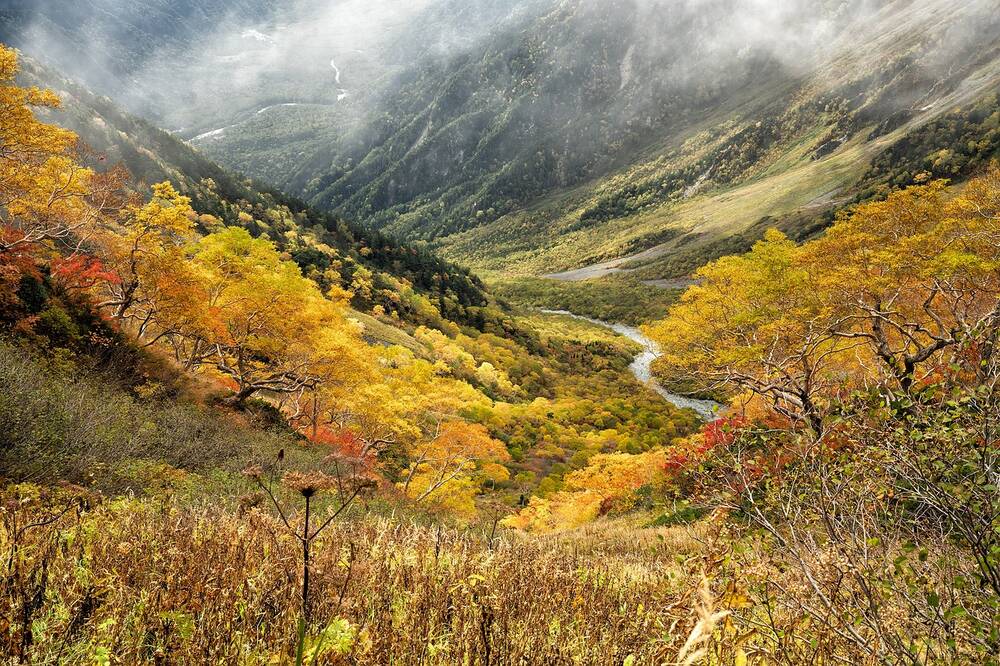
Valleys are low areas that come between mountains and hills. They tend to have a river that flows through, such as the Great Rift Valley or the Indus Valley. They channel the movement of species, like coyotes and eagles, and link diverse habitats such as wetlands to rivers or forests to grasslands. They can have deep cultural and historical importance, while also providing flood control and water management services.
Forest Patches
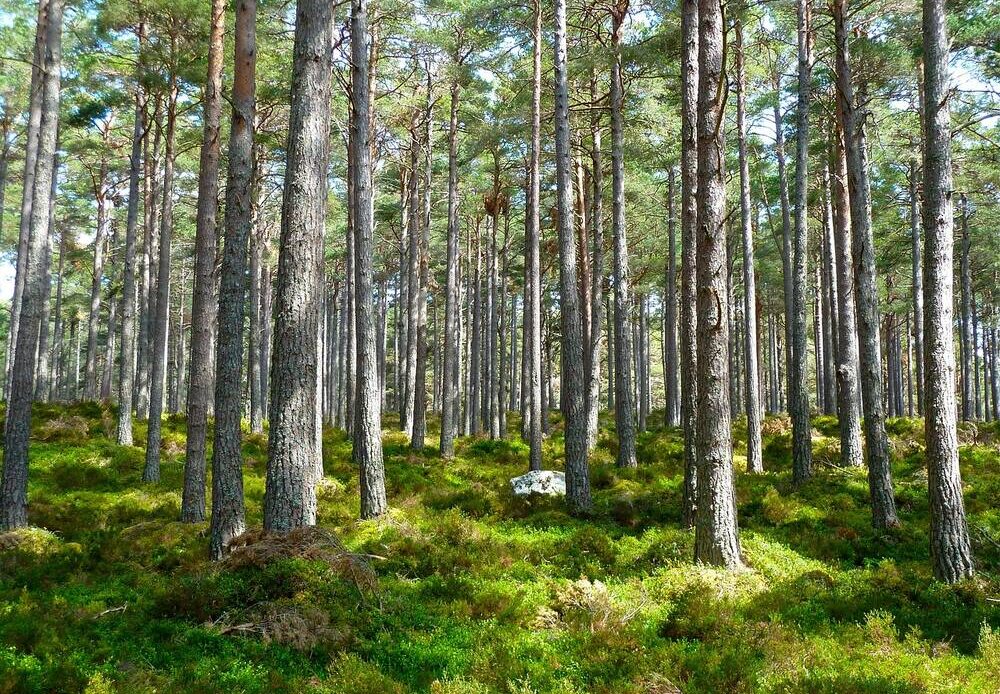
Forest patches are sections of larger forests that have been fragmented and isolated, such as the Black Forest, parts of the Amazon, and the Daintree Rainforest.
These provide ample habitats for woodland species like foxes, woodpeckers and squirrels, but can also support arboreal movement – living in trees – from sloths and monkeys to tree frogs. They foster species dispersal and provide crucial habitat continuity while combating deforestation and mitigating climate change as powerful carbon sinks.
Wetlands

Wetlands, such as the Everglades or Pantanal, are areas where water predominantly covers the soil or occurs near the surface. These can be biodiversity hotspots for animals like hippos, alligators and manatees, like providing migratory bird stopovers for species such as geese or storks.
They connect ecosystems like mangroves and swamps and are common in Africa and the North and South Americas. While supporting feeding and breeding, they also act as immense carbon sinks, filter water, and are corridors connecting terrestrial and aquatic habitats.
Coastal Areas
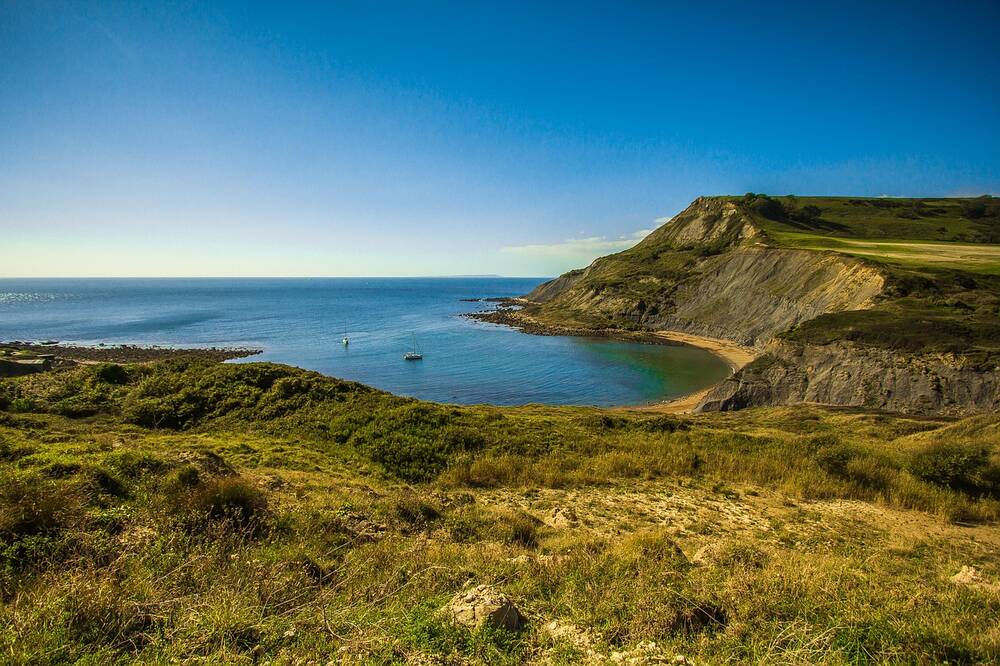
Coastal areas, or places where the sea meets the land, are intertidal zones inhabiting multitudes of marine and terrestrial species from seals and sea turtles to shorebirds. The Great Barrier Reef, Galapagos Islands and Chesapeake Bay are primary examples, providing breeding grounds such as fish nurseries, bird rookeries and seal colonies.
Grasslands
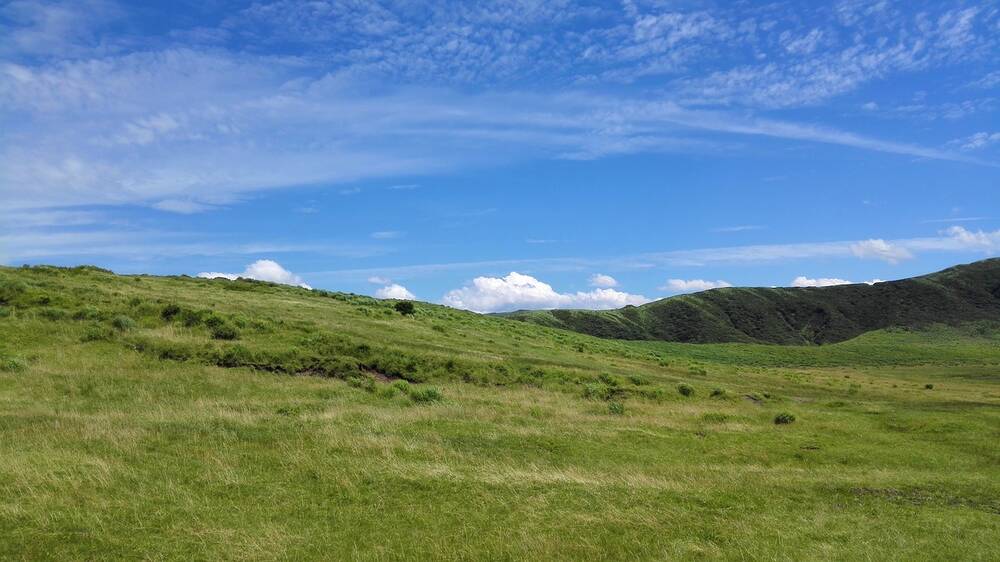
Grasslands are open areas packed with ranges of grasses, like the Great Plains and Pampas. They can host large predators and herbivores, like bison, lions and elephants, and are common in the North and South Americas, plus Africa. They connect habitat patches, like Prairie reserves and Savannahs, while facilitating migrations, and connecting diverse habitats.
Desert Oases
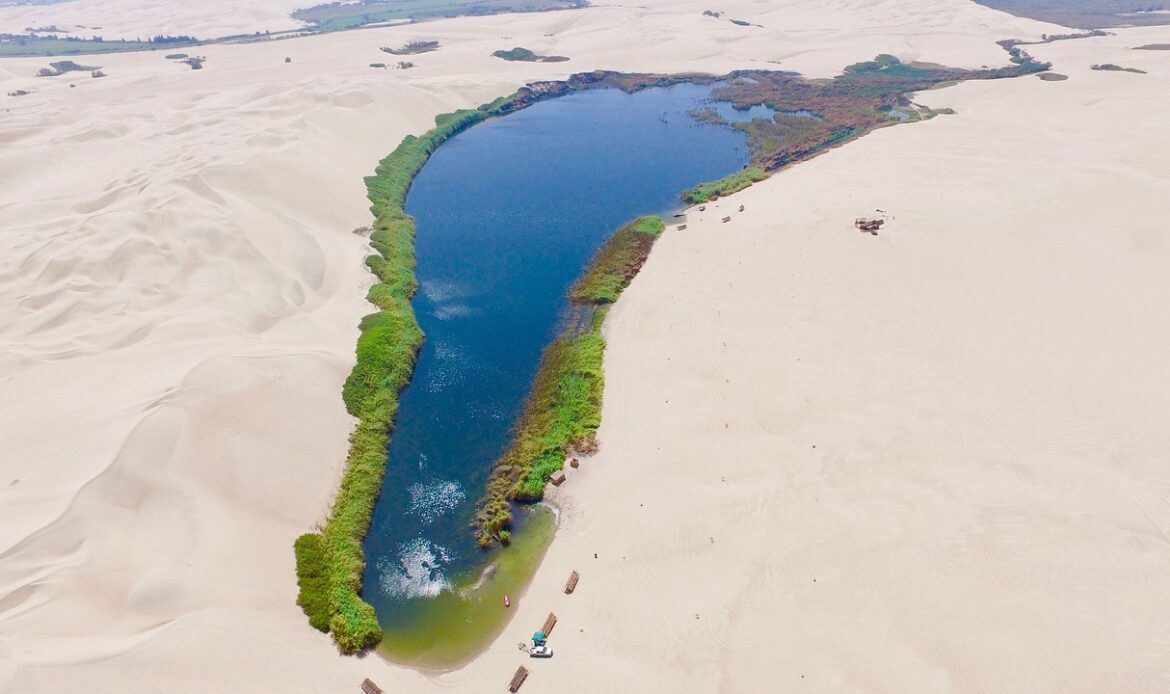
A desert oasis is a desert where water is available, like the Siwa Oasis or the Turpan Depression, which at aerial view is a gorgeous explosion of pinks and vibrant natural hues. These crucial water sources are key for migratory species stopovers, with birds, insects and small mammals utilising the springs and desert ponds.
Occurring in arid regions, like the Middle East, Africa and Asia, they support unique desert-adapted flora and fauna like Date palms, desert foxes and sandfish lizards.
Human-made Corridors
Green Bridges (Wildlife Overpasses)
Over traffic ways such as motorways, green bridges ensure flightless wildlife can safely cross from one habitat to the other, such as deer, bears and wolves. This reduces wildlife-vehicle collisions, meaning the animal doesn’t have to risk its life in speedy traffic to get from a forest to a grassland, etc. They also allow animals to maintain their migratory patterns.
Tunnels and Underpasses
These human-made corridors create passes for animals, such as the Ocelot underpasses in Texas and amphibian tunnels in the UK.
There have been many innovations in tunnel and underpass designs to incorporate the livelihood of specific species that have been impacted heavily by roads and motorways.
These give a safe passageway for a range of animals, especially toads and frogs, which are especially susceptible to harm from traffic. They connect habitats like fields, wetlands and forests that have been divided by infrastructure.
Railway Crossings
Railway crossings not only provide walkers and cyclists a safe pathway but also animals across the world, from lynxes and bears to rabbits and badgers. An example is the elephant crossings in India and Nepal, instructing drivers to be alert and go slow, and requiring long stops for the creatures to safely cross.
These also provide great public awareness related to railway crossings and feature in educational campaigns.
Vegetated Road Medians
These are long nature-dedicated strips in the middle of roads, planted to ensure biodiversity that supports wildlife while allowing habitats for small mammals, insects and birds, plus movement alongside urban-dominated areas.
These provide pollinator pathways such as bee highways, also for butterflies and moths. They frequently connect parks, forests patches and gardens to mitigate habitat fragmentation. An example is the many green medians in Singapore, who have developed an extensive Green Plan by 2030.
Hedgerows and Windbreaks
The UK used to be packed with miles and miles of hedgerows, but we have lost much to agriculture, urbanisation and development.
They are a cultural symbol of English heritage and rural beauty, but these functionally connect fragmented landscapes and provide crucial sheltered habitats for birds like sparrows and small mammals like hedgehogs—giving the prickly creature its name.
Urban Greenways
The High Line in New York and the BeltLine in Atlanta are examples of urban greenways—large strips of nature-space, allowing for recreational activities alongside safely travelling wildlife.
These green corridors are key for urban animals like squirrels, birds and insects, and connect urban green spaces, enhancing urban biodiversity while creating beautiful recreational spaces.
Reforestation Projects
Restoration projects can adopt a broad range of initiatives, such as planted forest belts which include large-scale tree planting to provide an ecological corridor between natural habitats. This usually focuses on native species, indigenous plants and local species for effective biodiversity restoration.
They combat deforestation, contribute to carbon sequestration and reclaim damaged lands. Many projects include community involvement, such as educational programs and volunteer planting events.
Agroforestry Practices
Agroforestry, the integration of trees into agricultural land, is an important method of creating corridors for wildlife. Agricultural lands, especially when intensive, result in depleted soil that is harder to sustain wildlife and provide habitats.
Agroforestry ensures that wildlife can thrive, as well as travel between habitats, enhancing biodiversity and creating resilient ecosystems.
Continuous Corridors
Continuous corridors are unbroken stretches of habitat that provide uninterrupted movement paths, crucial for species struggling to live and move in developed landscapes, such as small mammals, reptiles, ground-dwelling birds, and non-flying invertebrates.
These seamless connections could be uninterrupted forests, greenways or rivers, maintaining resilient ecosystem processes and genetic diversity.
Stepping Stone Corridors
In this context stepping stones are smaller patches of native vegetation, providing an indirect form of connectivity for many species, from single trees to hectare-wide patches. They provide key ecological value throughout fragmented habitats, facilitating species movement for mammals that travel shorter distances such as squirrels and rabbits.
Regional
A regional wildlife corridor is when it spans multiple landscapes or regions, covering a large scale, such as the famous Appalachian Trail (detailed later on) or the European Green Belt.
These provide connections for a range of animals through extensive habitats, usually with extreme geological features, like mountain ranges, large forests or major rivers. These foster essential large-scale ecological services, like those of large mammals, or many migratory patterns for birds.
Sub-regional
In the same vein, sub-regional wildlife corridors adopt a medium-scale, connecting various habitats within a sub-region, such as riverines in valleys or ecological links between national parks with substantial habitat patches. These support a range of species within a region, such as foxes, deer and other mammals, or amphibians and reptiles.
Local
Following a smaller scale, local wildlife corridors appear within local areas, connecting localised habitats such as woodlands on the smaller side, gardens or residential parks.
These allow smaller mammals to roam freely and utilise food and shelter sources from a range of habitats, such as hedgerows or riparian buffers by local streams. These are key for pollinators, birds and hedgehogs.
The Benefits of Wildlife Corridors
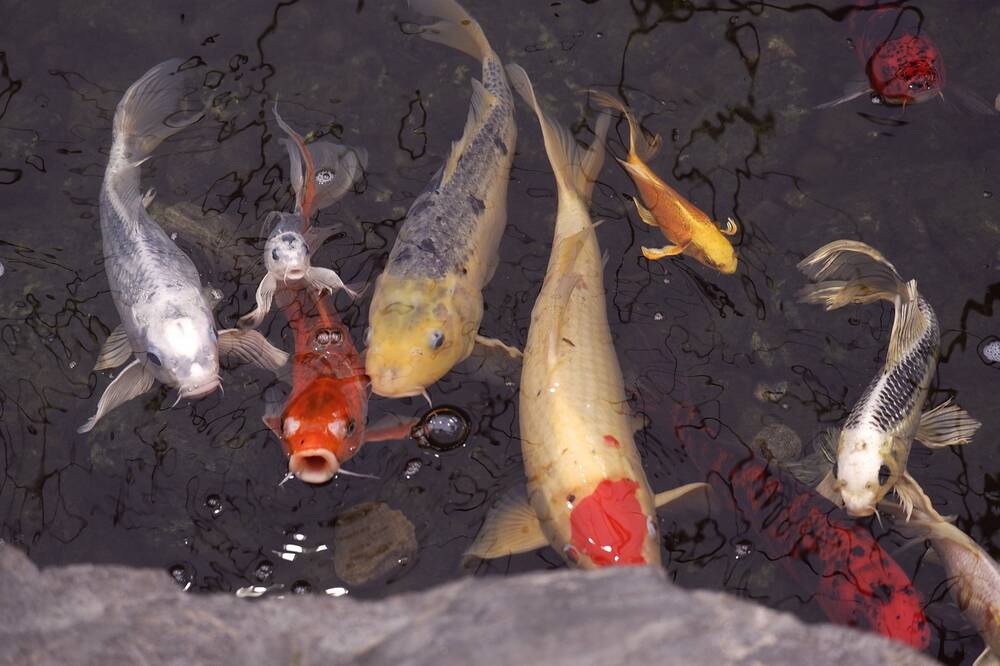
Wildlife corridors prevent local extinctions that arise with habitat fragmentation and immensely aid the sequestration of carbon. They allow the essential movements of mammals, invertebrates, frogs, reptiles, birds, plant seeds as well as fungal spores.
This maintains ecosystem services like pollination and seed dispersal, encourages species richness at a variety of scales, supports migratory patterns such as those of birds, and encourages genetic diversity between populations key to thriving biodiversity.
Preserving natural landscapes has a widespread benefit on human well-being.
Disadvantages & Criticisms
Despite their invaluable ecological benefits for animals, plants, humans, and nature, some criticisms may be made against wildlife corridors. In some cases their ongoing management of habitat restoration processes might be costly, combined with land acquisition deeds and unseen maintenance costs. They can create conflicts with urban and agricultural development.
From an ecological perspective, they can also provide convenient corridors for invasive species or diseased populations, facilitating outbreaks to wildlife between habitats and encouraging its damaging spread.
Examples of Wildlife Corridors Around the World
Terai Arc Landscape
The Terai Arc Landscape spans between the river Bhagmati in Nepal and the river Yamuna in India. The Nepalese initiative follows a 20-year partnership with the government, creating space for tigers and restoring ecosystems.
It significantly increased the Bengal tiger population and has restored 165,000 acres since its launch, connecting 14 protected areas such as the Shivalik hills, Terai floodplains and bhabhar areas, supporting rich biodiversity including the Asian elephant and Indian rhinoceros.
European Green Belt
This is a combination of ancient bogs and forests, river valleys and mountains across 24 countries, creating large cultural landscapes packed with rich species diversity.
It sustains a diverse range of species such as the brown bear, Eurasian Lynx and the white-tailed eagle, ensuring ecological and genetic diversity across Europe, plus protecting many endangered ecosystems and species by acting as a buffer zone.
Lower Rio Grande Valley National Wildlife Refuge
In Southern Texas, USA, the Lower Rio Grande Valley National Wildlife Refuge connects grasslands, forests and wetlands while preserving many rare habitats crucial for key species such as the ocelot, alongside the green jay and the Texas tortoise.
It’s challenged by habitat fragmentation and invasive species that utilise the wildlife corridor to spread and infiltrate native flora and fauna, however the refuse remains a powerful hotspot for biodiversity.
Banff Wildlife Bridges
Located within the Banff National Park in Alberta, Canada, with 2 Banff Wildlife Bridges built in 1996, and today boasts 44 crossing structures, featuring 39 underpasses and 7 overpasses.
They enable the safe movement of species between habitats across the Trans-Canada Highway, such as elk, black bears, moose, wolves, cougars and grizzly bears. This reduces the chances of wildlife-vehicle collisions, reported as up to an 80% decrease last year.
Hardberger Park Land Bridge
In San Antonio, Texas the Hardberger Park Land Bridge is a ‘skywalk’ and one of the biggest wildlife crossings in America. It connects both sides of the Phil Hardberger Park which was divided by the large highway.
It enhances habitat connectivity for a variety of wildlife, such as skunks, raccoons and deer, while providing native vegetation and thriving habitat features that support the functions of a plethora of flora and fauna.
Natuurbrug Zanderij Crailo
In the Netherlands, the Natuurbrug Zanderij Crailo is a long wildlife overpass, spanning a business park, roadway, sports centre and railway line. It supports species such as the wild boar, foxes, badgers and the red deer, balancing the protection of essential wildlife with urban infrastructure.
Highway 93 Wildlife Crossings
In Montana USA, 56 miles along Highway 93 the ‘US 93 South project’ involves a variety of structures for a range of wildlife. For rodents and amphibians, there are small box culverts, as well as larger structures for mammals like deer and elk and an over-crossing packed with native vegetation.
It provides safe passage for thousands of animals, keeping species populations diverse and largely reducing wildlife collisions.
Burnham Wildlife Corridor
Burnham Wildlife Corridor is a 100-cre strip of urban wildlife in Burnham Park in Chicago, US. It links several natural areas, including both sides of Lake Shore Drive, ensuring there is a continuous habitat for migratory birds amongst other species.
Its diverse habitats include prairie, savannah and woodland, providing scenic views and a large space for nature to thrive alongside mass urbanisation.
Christmas Island Crab Crossing
The Christmas Island Crab Crossing lies in the northwest of Australia, supporting the journey of 40 to 50 million red crabs who annually migrate across Christmas Island with aid from underpasses and bridges facilitating safe travel.
Their migration is essential for the ecosystem of the island, controlling the growth of plants and keeping soils fertile, plus a natural spectacle brings in streams of tourists providing beneficial ecotourism.
Yellowstone to Yukon
Y2Y, or Yellowstone to Yukon, is a fantastic conservation initiative encompassing a variety of landscapes including mountains, rivers, forests and grasslands.
It largely enhances climate resilience and biodiversity of Canada from Yellowstone National Park to the Yukon Territory, covering 1.3 million square kilometres and linking 5 US states, habitats along the Rocky Mountains, and two Canadian territories.
This is home to wolves, elk, lynx, grizzly bears and mountain caribou, plus many more, protected in important ecological conservation.
Appalachian Trail Landscape Partnership
Similarly, the Appalachian covers impressive distances with a biodiversity hotspot for nature all the way from Georgia to Maine.
Its various natural wildlife, migratory birds, diverse plants and black bears, among others, can safely pass through fields, parks, farms and trails along 14 different US states. It is a long-standing tourist attraction for brave hikers and campers.
Sawantwadi-Dodamarg Wildlife Corridor
Last but not least, the Sawantwadi-Dodamarg Wildlife Corridor subsides between Maharashtra and Goa in Southwestern India, connecting 37 kilometres of protected areas and sanctuaries, including dense forests, agricultural land and grasslands.
The ecological continuity allows for species like the Bengal Tiger, Indian elephant, leopards and black bears to thrive amongst a diverse life of endemic and rare plant species.
Do Wildlife Corridors Really Work?
As illustrated by the prior examples of important wildlife corridors, these spaces for ecological continuity combat our ever-growing problem of habitat fragmentation that has come from decades of urbanisation and human development.
They facilitate species migration, reduce vehicle-animal accidents, protect endangered species, maintain key ecological processes, enhance ecosystem productivity and restore natural migration routes.
Beyond their invaluable ecological benefits, they also facilitate international cooperation across borders, support wildlife research and monitoring, promote ecotourism as well as engage community support.
More Information
https://www.fws.gov/story/wildlife-corridors
https://www.woodlands.co.uk/blog/flora-and-fauna/wildlife-corridors
https://www.ecowatch.com/wildlife-corridors-facts-ecowatch.html
https://www.mossy.earth/rewilding-knowledge/wildlife-corridors

